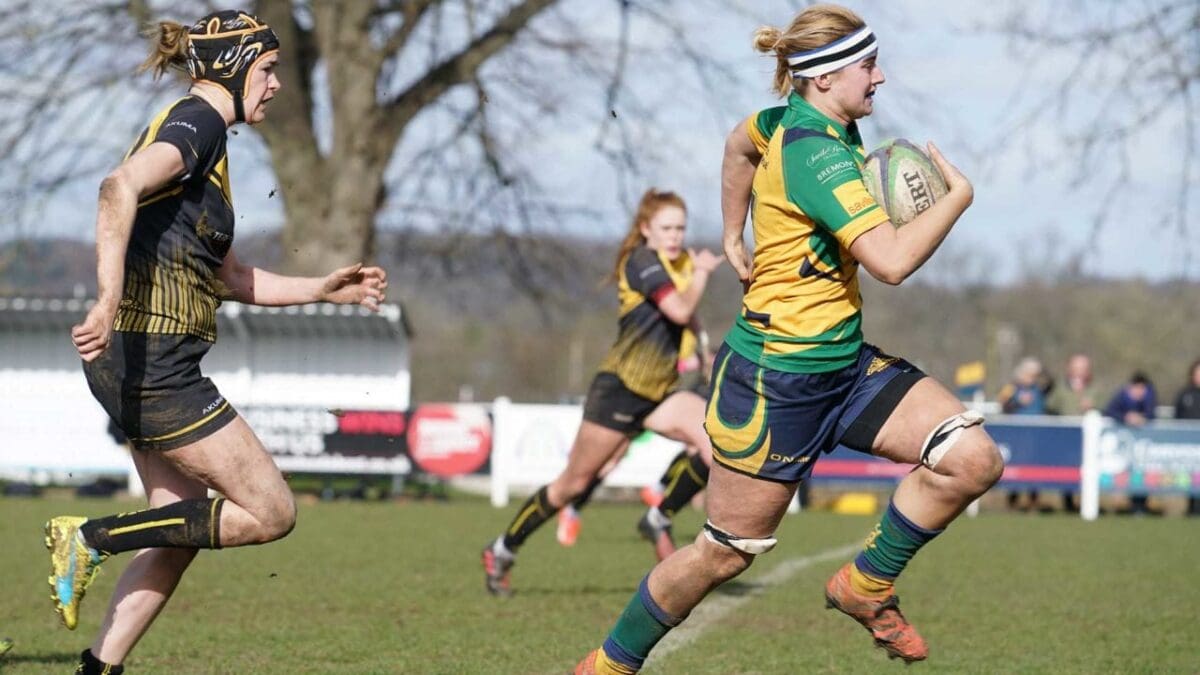Sony SLT (single lens translucent) cameras have a fixed translucent mirror where a DSLR has a moving one. The design was created to enable light from the lens to reach a dedicated autofocus sensor even when the shutter is open for an exposure or to allow live view mode. This isn’t possible in a DSLR because the mirror has to lift out of the way to allow the light to reach the image sensor.
As a proportion of the light that exits the lens is directed towards the imaging sensor, less light is available to reach the autofocus sensor than with a standard mirror construction. However, the A99II’s imaging sensor also has phase detection pixels across it – 399 in fact. Meanwhile the A99 II’s dedicated AF sensor has 79 phase detection points, 15 of which are cross type.
In some areas the focus points on the two sensors overlie each other and create a hybrid cross focus point.
These hybrid points are around the centre of the centre of the image frame but the other 320 points cover a much wide area going quite close to the edges. According to Sony the AF system covers 47% of the frame, it looks more when you’re using the camera.

Sony has given the A99 II numerous autofocus point selection modes as follows:
Wide: The camera automatically selects the AF point to use from the entire array. A green frame is displayed around the point of focus when the shutter release is depressed.
Zone: The scene is divided into selectable zones.
Center: The central focus point is used. This is useful with AF-lock (focus lock) when using the focus and recompose technique.
Flexible Spot: This mode allows you to select a single point for focusing, making it useful fro precise subject targeting.
Expand Flexible Spot: This is similar to Flexible Spot but if the camera cannot focus on the selected area it will defer to the secondary points that surround it. In effect this means that you can select up to 9 points to use for focusing.
Lock-on AF: In this mode is only available in Continuous AF mode and has five focus area options, Wide, Zone, Center, Flexible Spot and Expand Flexible Spot. When the shutter release is half-pressed the camera focuses on the subject under the selected AF point and then tracks it within the selected focus area.
Sony A99 II autofocus testing
My first opportunity to test the Sony A99 II came in Germany at Photokina last September when I was given a pre-production Sony Alpha a99 II to use at a workshop with dancers acting as fast-moving subjects. As the camera was an early sample I wasn’t able to keep any of the images that I shot, but I was could check the images on the back of the camera and ascertain that the autofocus system had performed well in Expand Flexible Spot mode.
As is often the case with situations like this, there was some conflict with the Face Detection System when it was activated. When a face wasn’t detected the camera would focus where I wanted and as governed by the AF point location, but when a face was detected it would focus on it. In some instances it was desirable, but in others less so, and I found it better to turn Face Detection off.
While the dancers proved a tough challenge for my framing skills, they were generally in the same plane so it wasn’t an especially difficult test for the continuous autofocus system.
I had to wait until February this year to get hold of a full-production sample Sony A99 II. On this occasion I was invited to shoot at a driving track at Mercedes World in Weybridge, UK.
The weather was atrocious with with dense cloud keeping light and contrast levels low and intermittent heavy rain and drizzle. Visibility was poor and the front element of my lens required frequent attention with a lens cloth.
These testing conditions were made even harder for the AF system by the fact that the cars were mostly silver, black or white so they didn’t offer much contrast. Also, I was using a lens with a maximum aperture of f/5.6 for most of the shots – the Sony 70-300mm F4.5-5.6 G SSM II at the 300mm end – a pro motorsports photographer would want something faster.
However, the A99 Mark II managed to focus on the cars and keep them sharp as they accelerated along the track towards and away from me. Again, I found Expand Flexible Spot mode the best option giving me the opportunity to set the AF point where I wanted yet giving a little scope for framing error.
https://camerajabber.com/sony-alpha-99-mark-ii-review/
The camera also coped quite well in Wide AF mode, but there were a few occasions when the active point (illuminated in red in the viewfinder) jumped towards the back of the car rather than the front. Although it usually stayed with the car, the shift in focus is noticeable with a long telephoto lens and wide aperture and it looks more natural for the front of the car to be sharp.
For the next part of our Sony A99 II autofocus test I took the camera to a rugby match. This would enable me to test the camera with subjects moving in a less predictable direction.
As when photographing the dancers in Germany, I found that I had to turn off the Face Detection to avoid the AF system from becoming distracted by numerous players entering the frame. Similarly, leaving AF point selection to the camera and shooting in Wide AF mode proved unreliable and the best options were Flexible Spot and Expand Flexible Spot.
Zone AF can be useful, but with players coming in from all directions I found the targeting afforded by Expand Flexible Spot better. Similarly, Lock-on AF can be useful but if you use to wide a selection area the camera can suddenly latch onto the wrong target.
Shooting at 8fps rather than 12fps to give me a clearer live view image in the viewfinder I found the camera was able to keep the rugby players sharp as they ran provided that I kept the active AF point or points over them. Very occasionally, and for no obvious reason, the camera failed to focus and gave me a blurred image with no sharp areas. In the vast majority of cases, however, the subject under the AF point is sharp in my shots.
Sony A99 II autofocus test: verdict
The Sony A99 II’s autofocus system is a huge improvement upon that of the original Sony A99. While it’s nice to have a collection of AF point selection modes, I found Flexible Spot and Expand Flexible Spot the most useful and reliable in the majority of situations.
Further good news is that the A99 II doesn’t just get subjects sharp in good light, it can do so in low light and in very low contrast situations. I would have no hesitation in using the A99 II to shoot sport in the future.
[FAG id=24101]
Follow this link to view and download Sony A99 II Af test images
[FAG id=10220]
Follow this link to view and download a selection of Sony A99 Mark II images.



